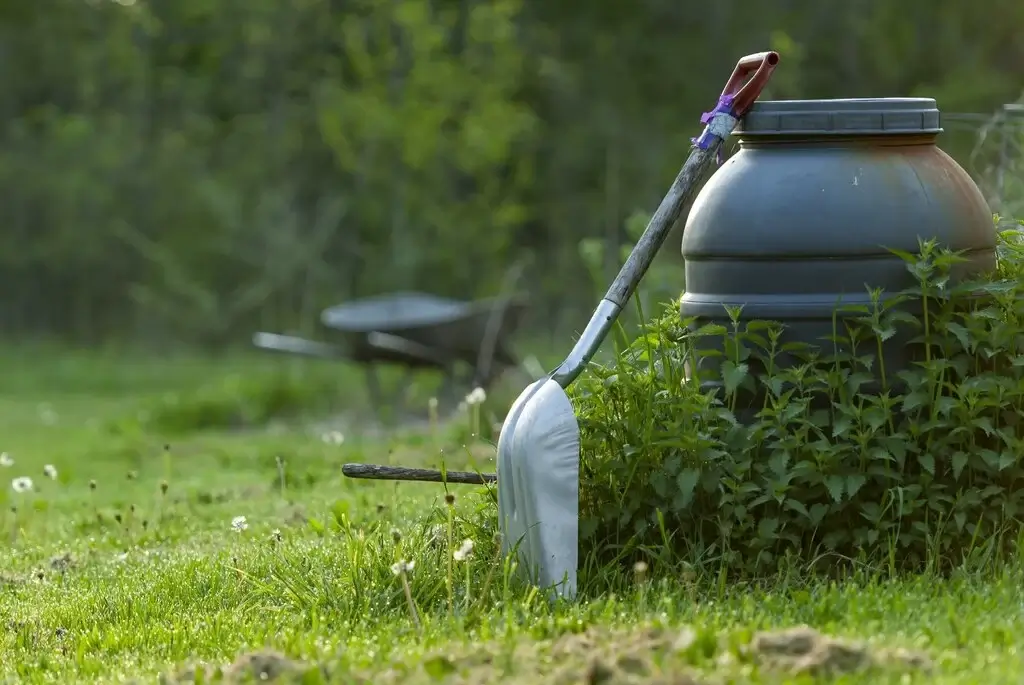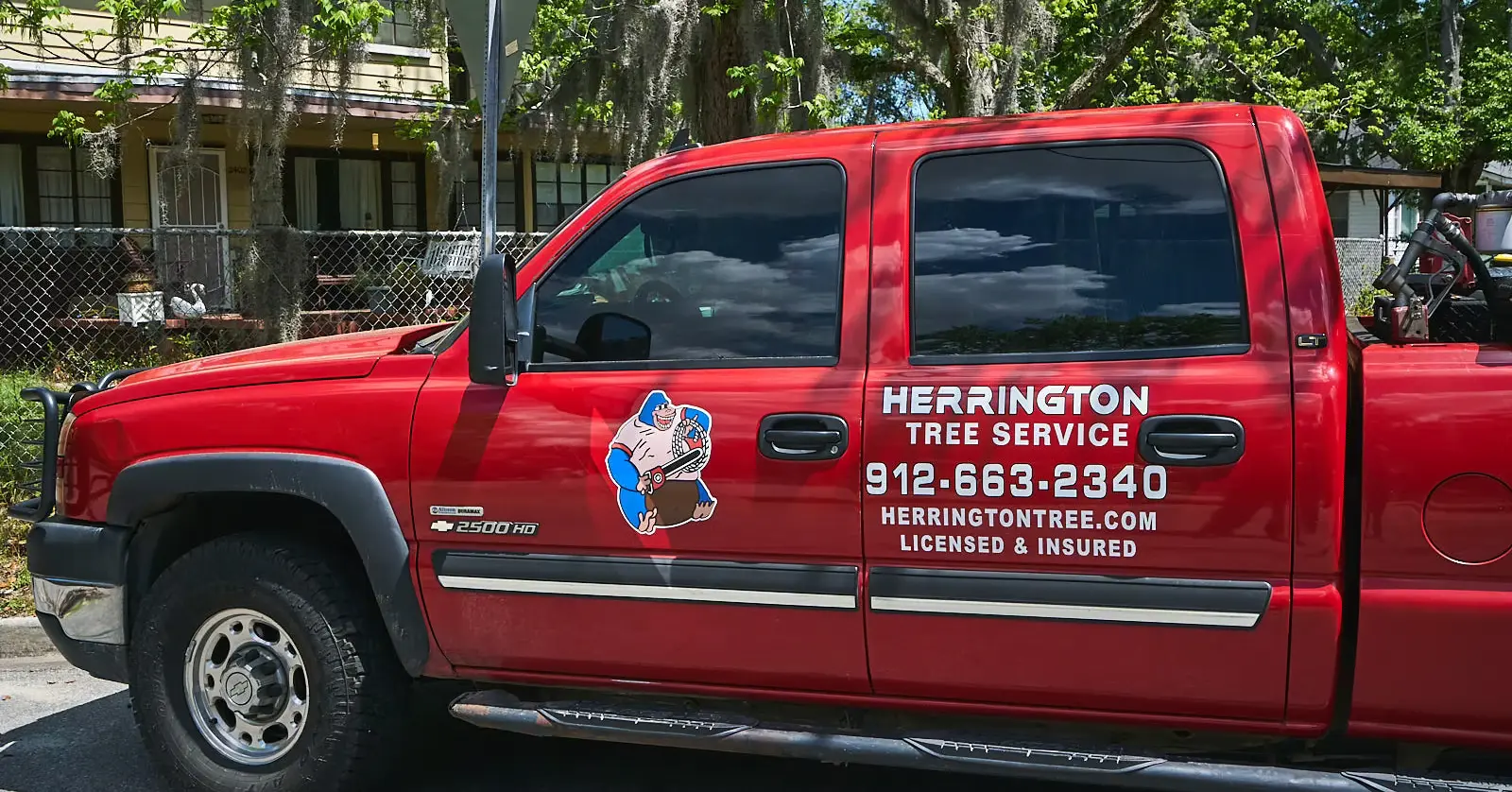Trunk & Soil Injections in Savannah, GA
Our trees have to put up with a lot during their lifetimes, from scorching summer heat and droughts to invasive pests and nutrient-poor soil. Because of this, some can become stressed, sick, and malnourished and may benefit from targeted injections. The good news is that you are never far from one of these solutions.
At Herrington Tree Care, we offer both trunk and soil injections in Savannah, GA, to address a wide range of issues, from devastating pests and diseases to nutrient deficiencies. This modern approach to plant health care allows us to deliver precisely what your tree needs, directly where it’s needed most.
If you’re a homeowner wanting to protect a live oak that has graced your property for generations or a business owner aiming to maintain the vibrant, welcoming landscape your customers have come to love, our expert team is here to help. Contact us to learn more about our soil and trunk injections and how they can safeguard the value of your trees.

Tree Trunk Injections in Savannah, GA
A trunk injection, also known as a tree injection or tree infusion, is a method of delivering pesticides, fungicides, or fertilizers directly into the vascular system of a tree. This targeted delivery system is one of the most effective and efficient ways to treat a variety of tree health problems while also being environmentally responsible. In fact, the process is minimally invasive and yields results that are often more comprehensive than traditional methods like spraying or soil drenching.
Read More
How Trunk Injections Work
Our arborists start by identifying the specific ailment affecting your tree, whether it be an insect infestation (such as a bark beetle infestation), a fungal disease (such as oak wilt disease), or a nutrient deficiency. Once we have a precise diagnosis, we can select the appropriate formula for the injection.
To perform the injection, our technicians drill a series of small holes into the base of the tree’s trunk. These holes are carefully placed to access the tree’s xylem, which is the part of the vascular system responsible for transporting water and nutrients from the roots up to the canopy. The depth and spacing of the holes are critical; they must be deep enough to reach the active xylem but not so deep as to cause unnecessary damage to the tree. We use specialized equipment and follow industry best practices to ensure the long-term health of the tree is always prioritized.
Once the access points are created, we insert high-pressure injection ports into the holes. These ports create a tight seal, preventing the treatment solution from leaking out and ensuring it is fully absorbed by the tree. The customized treatment formula is then injected under low pressure, and the sap carries the product upward and distributes it systemically throughout the entire tree.
The Benefits of Tree Trunk Injections
- Targeted and Efficient Application: Pest control and fungal treatments are delivered directly into the tree’s circulatory system so that the product is rapidly and efficiently distributed from the roots to the highest leaves. This means faster protection against invasive species and diseases.
- Environmentally Responsible: Unlike canopy spraying, trunk injections eliminate chemical drift. This protects you, your family, pets, and beneficial insects like bees and butterflies from unintended exposure to pesticides.
- Long-Lasting Protection: Because the treatment is contained within the tree, it is not affected by weather. For example, it will not be washed away by rain or broken down by UV rays from the sun. This often results in longer-lasting control and reduces the need for frequent re-applications.

Soil Injections in Savannah, GA
Soil injections are a vital tree care practice designed to enhance the health and vigor of trees by directly treating the root zone. This method involves injecting a liquid solution of fertilizers, insecticides, or other beneficial amendments directly into the ground around the tree’s base.
Read More
How Soil Injections Work
Our process begins with a comprehensive soil analysis. We take samples from around your tree to determine the specific nutrient content, pH level, and presence of any harmful pathogens or pests. This scientific approach allows us to create a custom-blended prescription for your tree’s specific needs.
Using specialized equipment, our technicians inject the liquid solution into the soil at multiple points within the tree’s critical root zone. This zone typically extends from the base of the trunk out to the dripline (the edge of the canopy) and slightly beyond. The injections are made at a depth of about 8 to 12 inches, which is where the majority of a tree’s fine, absorbent roots are located.
Types of Soil Injections
Two of the most common types of soil injections we provide include:
- Surface Root Feeding: Trees require a balance of macronutrients (like nitrogen, phosphorus, and potassium) and micronutrients (like iron, manganese, and zinc) to thrive. Our deep-root fertilization programs are designed to provide this optimal balance. By injecting nutrients directly into the root zone, we ensure immediate availability to the tree, promoting lush foliage, strong branch development, and robust overall health.
- Growth Regulators: In certain situations, managing a tree’s growth is just as important as encouraging it. This is where plant growth regulators (PGRs) come in. PGRs are specialized compounds that can be introduced into the tree’s system via soil injection to influence its growth patterns. This can be incredibly beneficial for trees planted in confined spaces or under distress. Instead of putting energy into producing more leaves and longer branches, the tree can allocate more resources to defense systems, root development, and storing energy.
Signs Your Trees Need Trunk or Soil Injections
If you notice any of the following symptoms on your trees, it’s time to consider a trunk or soil injection:
- Discolored or Yellowing Leaves (Chlorosis): Leaves that are pale green, yellow, or have dark green veins with yellow tissue in between often indicate a nutrient deficiency, typically iron or manganese. Soil injections can deliver the nutrition the roots need.
- Premature Leaf Drop or a Thinning Canopy: If your tree is losing leaves in the middle of summer or the canopy appears sparse and weak, it could be a sign of disease, insect infestation, or a lack of nutrients.
- Visible Pests or Evidence of Boring Insects: Small holes in the trunk, sawdust-like material (frass) at the base of the tree, or visible insects on the leaves and bark are clear indicators of an infestation, such as an emerald ash borer infestation, and may require targeted pesticide applications.
- Fungal Growth: The appearance of mushrooms or fungal bodies on the trunk, branches, or roots can signal internal decay or a root rot disease.
- Dieback in the Canopy: When branches at the top of the tree begin to die, it’s often a sign of a systemic problem affecting the tree’s vascular system or roots.
- Stunted Growth: If a young tree is failing to grow at a normal rate, or a mature tree seems to have stopped producing new growth altogether, a soil analysis and nutrient injection could be the key to revitalizing it.
